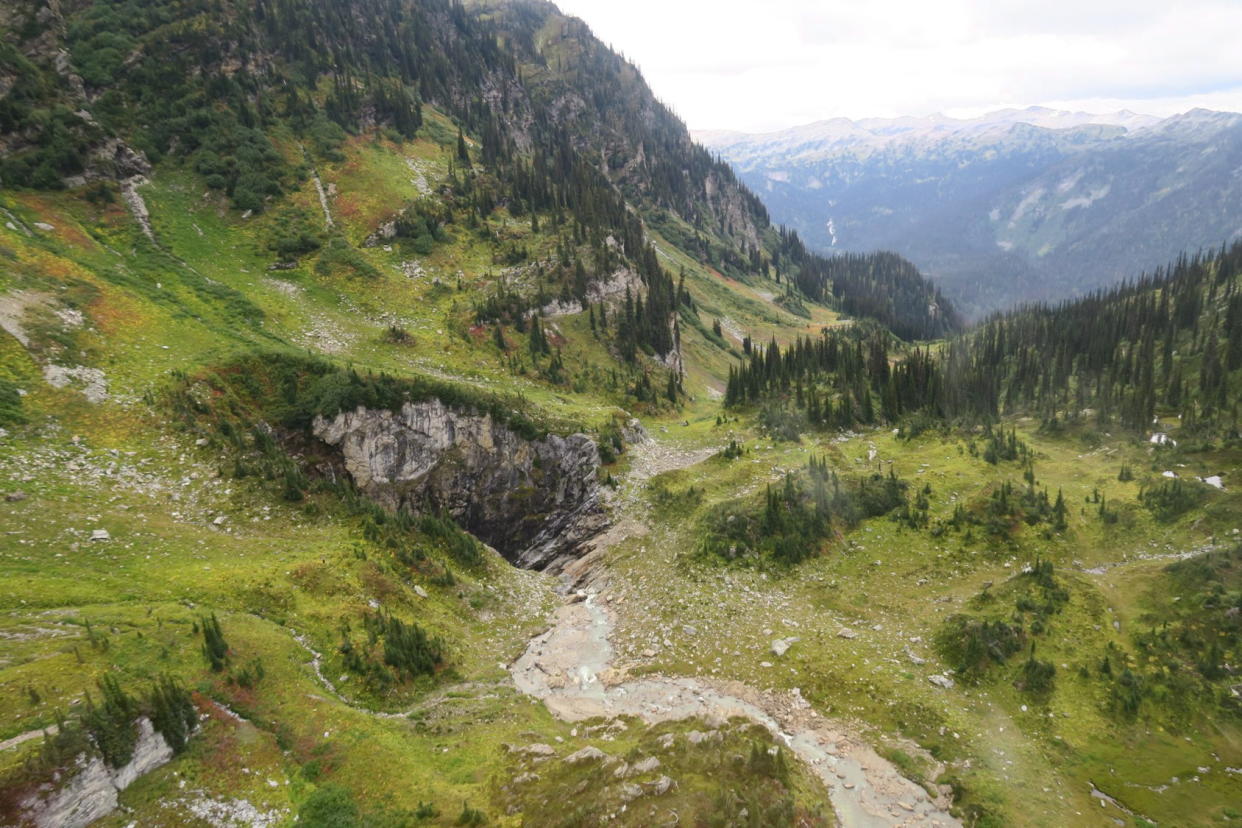Awe-inspiring cave dubbed 'Sarlacc's pit' discovered in Canadian wilderness

An unexplored cave of national significance dubbed “Salacc’s pit” has been discovered in the Canadian wilderness.
The site was discovered by a team counting the caribou population in the isolated Wells Gray Provincial Park, in British Columbia, Canada.
Five months later a team of geologists and cave specialists visited and claimed the cave “promises a dramatic new chapter in the story of Canadian cave exploration”.
Bevan Ernst, a government geologist and part of the caribou survey team, unofficially dubbed the discovery “Sarlacc’s Pit” as he believed it looked like Sarlacc, a monster from Luke Skywalker’s home planet of Tatooine, in Star Wars.
“We were looking for caribou, not caves,” Mr Ernst told the BBC.

The entrance of the cave is 100m (328ft) long by 60m (197ft) wide – about the size of a small football pitch or a NFL football field – the team believe the cave is at least 180m deep.
The region was described as “about as remote as we get” by Mr Ernst, who said it may have gone unspotted as it is close to the glacier region and could have been filled with snow and ice.
Geologist Catherine Hickson and cave specialist John Pollack led a visit for a preliminary exploration of the cave after reviewing photographs and satellite images of the feature on September 9.
Ms Hickson told the BBC that standing next to the cave’s massive entrance was “awe-inspiring”.
“You can see snow at the bottom but you can also see this black void,” she said.
The reconnaissance team believes the length of the cave runs at least 2km (1.25 miles).
Ms Hickson told the BBC the next step is a trip to explore the interior of the cave, which will be a technical challenge due to the vertical drop into the pit and the water, snow and ice inside.

 Yahoo News
Yahoo News 
